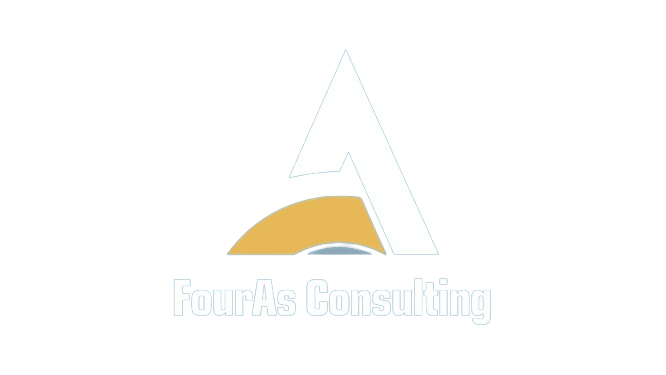So take our template, along with the many https://notfromearth.org/disturbing-physicist-claims-havent-met-alien-civilizations/ insights and tips we’ve discussed, and build a COA that drives real success for your organization. Every company is different so, depending on your operations, industry, and other critical factors, the template is only as good as you make it. Now, that said, we’d be remiss if we didn’t boast a bit and say that Embark’s COA template is a heckuva starting point. Yes, we understand we’re venturing into Accounting 101 territory here, stopping just short of a refreshing dip into the magical world of debits, credits, and double-entry bookkeeping. As a matter of fact, this high-level review provides a perfect segue into our next topic. Our partners cannot pay us to guarantee favorable reviews of their products or services.
Consider Your Business’s Future
Regularly back up your data and perform test runs before finalizing any changes or updates to the COA within the accounting software. Also consider any security measures needed to protect sensitive financial information stored in the system. The numbering system forms the foundation of your chart of accounts, offering a structured method to organize financial information.
How AP automation software can help in managing a chart of accounts?
For example, tracking expenses across various categories enables you to identify areas for cost-cutting or investment opportunities. In this article, you’ll discover various examples of a chart of accounts tailored for different types of businesses. From startups to established corporations each example highlights how a customized chart can streamline your accounting processes. By understanding these examples you’ll be better equipped to implement an effective system that enhances your financial clarity and decision-making.
FREE 10+ Producer Agreement Samples in MS Word Apple Pages PDF
In contrast, the general ledger is where all financial transactions of a company are recorded and summarized using the accounts from the COA. Over time, just by looking at the folders and your expense categories, you would understand where most of your money is coming from and going to. It makes sure that there’s a place for every financial detail, which helps in creating reports, preparing taxes, and making decisions about the future of the business.
- It’s safe to assume larger companies will typically have more transactions and accompanying GL accounts than smaller ones.
- By categorizing financial transactions into these accounts, households can gain a clearer understanding of their financial health, enabling better budgeting, saving, and investment decisions.
- Typically, businesses use a standard set of categories, such as assets, liabilities, equity, income, and expenses.
- It organizes your business’s financial transactions into categories, making it easier to track and analyze data.
Similarly, diligent cataloging in your COA can make it much easier to manage financial statements, from cash flow analyses to income statements. Or, if you run an e-commerce business, you may require more detailed accounts for website maintenance and online advertising, including SEO optimization expenses and digital market analytics. To create a COA for your own business, you will want to begin with the assets, labeling them with their own unique number, starting with a 1 and putting all entries in list form. The balance sheet accounts (asset, liability, and equity) come first, followed by the income statement accounts (revenue and expense accounts).
At the risk of sounding repetitive, being thorough on the front-end will save you much heartache on the backend. A small business will likely have fewer transactions and accounts than a larger one, meaning a three-digit system of identification codes might suffice. Back when we did everything on paper, or if you’re using a system like Excel for your bookkeeping and accounting, http://elvis-presley-forever.com/how-elvis-presley-came-to-own-graceland-by-jeffrey-schrembs.html you used to have to pick and organize these numbers yourself. But because most accounting software these days will generate these for you automatically, you don’t have to worry about selecting reference numbers.
Step 4: Add Specific Sub-Accounts as Needed
- The Chart of Accounts is one of those unknown parts of your accounting software we don’t even think about.
- As we said before, an effective COA begins with two essential building blocks – balance sheet accounts and income statement accounts.
- This framework facilitates accurate reporting, budgeting, and compliance with financial standards specific to the nonprofit sector.
- Equity can fluctuate based on retained earnings or losses and any investments or withdrawals by the owners or shareholders.
- There are many different ways to structure a chart of accounts, but the important thing to remember is that simplicity is key.
- The layout of a chart of accounts is the foundation of financial organization.
A cloud-based solution that makes it easy for accounting firms to manage client work, https://englishwell.biz/25459-the-clock-strikes-thirteen-full-audiobook.html collaborate with staff, and hit their deadlines. But managing a clean COA is just one piece of running an efficient accounting or bookkeeping firm. If you’re looking for a way to simplify your entire workflow, Financial Cents can help. It’s also a good idea to document the structure and provide guidelines on how accounts should be used.
